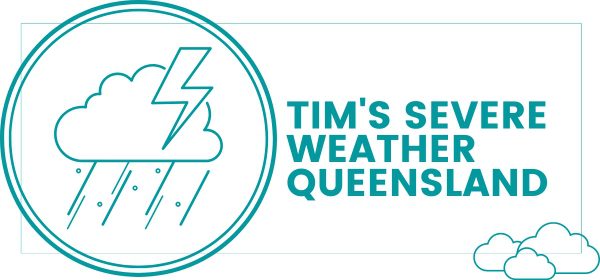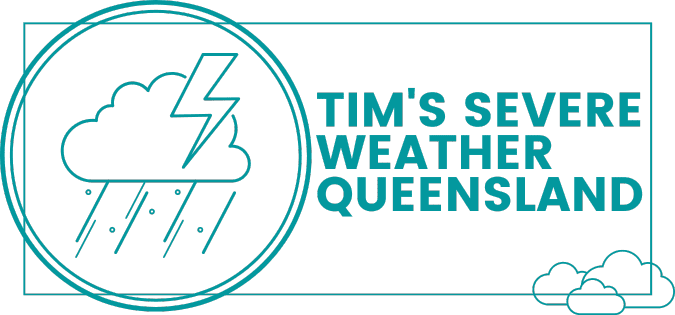Weather Charts and Maps
Other Weather Tools
Understanding Weather Charts and Maps
Discover the intricacies of weather charts and maps. Learn how to interpret isobars, fronts, and more. Explore the art of reading weather patterns in Queensland and New South Wales.
Weather charts and maps are invaluable tools for understanding and predicting weather patterns. They provide a visual representation of various meteorological factors such as temperature, pressure, wind, and precipitation. In this comprehensive guide, we will delve into the intricacies of weather charts and maps, explaining their key components and how to interpret them. Whether you’re a weather enthusiast or simply curious about how to read these charts, this guide will provide you with valuable insights.
1. What Are Weather Charts and Maps?
Weather charts and maps, also known as synoptic charts, are visual representations of weather patterns at the Earth’s surface. They show the locations and movements of weather systems, including high and low-pressure systems, fronts, and troughs. These charts are essential for meteorologists in forecasting weather conditions.
Key Points:
- Isobars: Lines connecting points of equal air pressure.
- High and low-pressure systems: Marked with ‘H’ and ‘L’ respectively, indicating pressure.
- Fronts: Cold fronts (blue lines with triangles), warm fronts (red lines with semicircles), and occluded fronts (purple lines with both symbols).
- Troughs: Dashed blue lines separating air masses.
2. How to Read Weather Charts and Maps?
Reading weather charts and maps requires understanding the symbols and lines used to represent different weather phenomena. Isobars, for example, indicate air pressure and wind direction. Closer isobars indicate stronger winds, while high and low-pressure systems influence weather patterns.
Key Tips:
- Wind direction: Winds flow parallel to isobars, with clockwise flow around low-pressure systems and counterclockwise flow around high-pressure systems in the Southern Hemisphere.
- Fronts: Fronts mark the boundaries between different air masses, with cold fronts bringing cooler weather and warm fronts bringing warmer weather.
3. Types of Weather Charts and Maps
Weather charts and maps come in various forms, each serving a specific purpose. Mean sea level pressure maps, gradient level wind analyses, and short-term forecast maps are among the most common types, providing insights into current and future weather conditions.
Varieties:
- Mean sea level pressure maps: Depicting pressure patterns at sea level.
- Gradient level wind analyses: Showing wind patterns at different altitudes.
- Short-term forecast maps: Predicting weather conditions for the next few days.
4. Weather Maps for Australian Regions
In Australia, the Bureau of Meteorology provides weather charts and maps for different regions, including mean sea level pressure maps, forecast maps, and analyses for the Asia and Pacific Ocean regions.
Australian Maps:
- Mean sea level pressure maps: Providing a snapshot of pressure patterns across Australia.
- Forecast maps: Showing expected weather conditions over the coming days.
5. Weather Charts and Maps for Educational Purposes
Weather charts and maps are not only used by meteorologists but also serve as educational tools. They help students understand weather patterns and how to interpret them, fostering a deeper appreciation for meteorology.
Educational Tools:
- Online resources: Available from the Australian Bureau of Meteorology and National Geographic.
- Books: Recommended for further reading on weather forecasting and meteorology for kids.
6. Importance of Weather Charts and Maps
Weather charts and maps play a crucial role in understanding and predicting weather patterns. They provide valuable insights into atmospheric conditions, helping meteorologists and the general public alike prepare for changing weather conditions.
Benefits:
- Understanding weather patterns: Helps predict future weather conditions.
- Preparedness: Enables individuals and authorities to take appropriate measures in response to severe weather events.
7. How Weather Charts and Maps Impact Daily Life
Weather charts and maps have a direct impact on our daily lives, influencing our clothing choices, outdoor activities, and travel plans. By understanding these charts, we can make informed decisions based on upcoming weather conditions.
Daily Impact:
- Clothing choices: Determined by expected temperature and precipitation.
- Outdoor activities: Planned around forecasted weather conditions.
- Travel plans: Adjusted based on anticipated weather patterns.
Weather charts and maps are powerful tools for understanding and predicting weather patterns. By learning how to read these charts, you can gain valuable insights into the complex world of meteorology. Whether you’re a student, weather enthusiast, or simply curious about the weather, understanding weather charts and maps is a fascinating journey into the science of meteorology.
FAQ
Q: What are isobars on a weather map?
A: Isobars are lines connecting points of equal air pressure on a weather map. They help indicate wind direction and strength.
Q: How do high and low-pressure systems influence weather?
A: High-pressure systems generally bring clear skies and calm weather, while low-pressure systems are associated with clouds, precipitation, and stormy conditions.
Q: What do different types of fronts represent on a weather map?
A: Cold fronts indicate the leading edge of a cold air mass, while warm fronts mark the boundary where warm air replaces cooler air. Occluded fronts occur when a cold front overtakes a warm front.
Q: How do meteorologists use weather charts and maps?
A: Meteorologists use weather charts and maps to analyze current weather conditions and forecast future weather patterns.
Q: Are weather charts and maps available online for public access?
A: Yes, many meteorological agencies, including the Bureau of Meteorology, provide weather charts and maps online for public access.
Q: Can weather charts and maps predict long-term weather patterns?
A: While weather charts and maps can provide short-term forecasts, they are less reliable for predicting long-term weather patterns.
Q: How often are weather charts and maps updated?
A: Weather charts and maps are typically updated several times a day to reflect changing weather conditions.
Q: Are weather charts and maps useful for planning outdoor activities?
A: Yes, weather charts and maps can help you plan outdoor activities by providing insights into expected weather conditions.
Advice & Actionable Tips
- Familiarize yourself with the symbols and lines used on weather charts and maps.
- Check weather charts and maps regularly for updates on changing weather conditions.
- Use weather charts and maps to plan outdoor activities and stay prepared for changing weather patterns.


